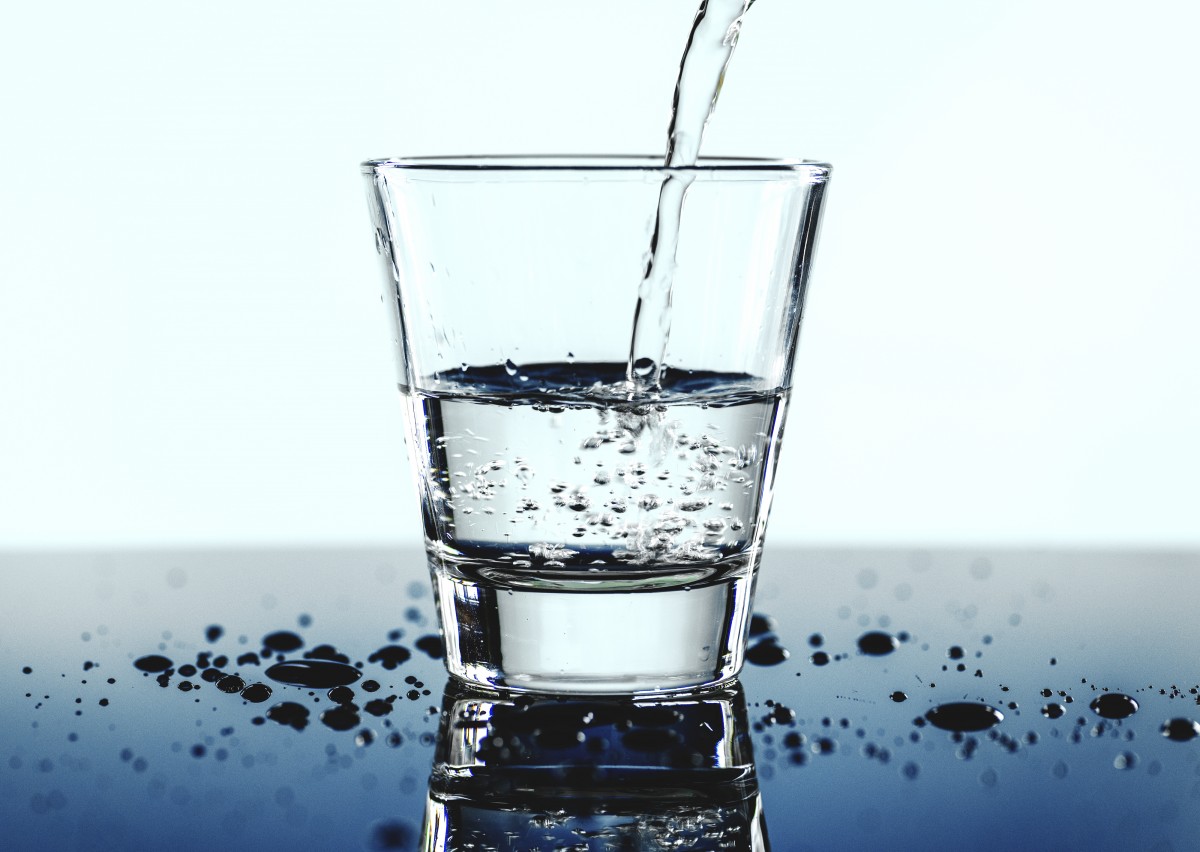
In a world increasingly concerned with health and purity, water quality has become a paramount concern for many. Steam distilled water, often touted as the pinnacle of purity, presents a fascinating solution to this challenge. This exploration dives into the essence of distilled water, its steam distillation process, demineralised and deionized water comparisons, and its role as pure drinking water.
The Essence of Distilled Water
Distilled water is, at its core, pure H2O. The process it undergoes removes impurities and minerals, making it one of the purest forms of water available. This purity is not just a matter of taste but of health and functionality, serving purposes that range from medical applications to being the preferred choice in laboratories.
Unveiling Steam Distilled Water
Steam distillation is a step above simple boiling. This method involves heating water until it vaporizes, then cooling the steam back into a liquid form. The beauty of this process lies in its simplicity and effectiveness; impurities are left behind when the water evaporates, resulting in water that is as close to pure H2O as possible.
But why opt for steam distilled water? Beyond its unparalleled purity, it’s free from chlorine and other chemicals typically found in tap water, making it an ideal choice for those seeking a clean and safe hydration option.
Demineralised vs. Deionized Water: A Clear Distinction
While steam distilled water is often grouped with demineralised and deionized water, there are clear distinctions. Demineralised water has had its minerals removed, typically through processes like ion exchange. Deionized water, on the other hand, is water from which ions, including salts and other inorganic compounds, have been removed.
Each type has its specific uses, but steam distilled water stands out for its process and result, offering a level of purity unmatched by the other methods.
The Quest for Pure Drinking Water
In the quest for pure drinking water, steam distilled water is in a league of its own. Its lack of impurities and minerals makes it not just safe but beneficial for consumption, particularly in areas where water sources may be compromised. However, the absence of minerals in distilled water has sparked debate among health professionals. Some argue that the minerals found in water are essential for health, while others contend that a well-balanced diet negates the need for mineralized drinking water.
Purified Water: Beyond the Basics

Purified water, a term often used interchangeably with filtered water, encompasses any water that has undergone a purification process to remove impurities. While steam distilled water is a form of purified water, not all purified water undergoes the rigorous process of steam distillation. This distinction is crucial for understanding the unique benefits that steam distilled water offers, particularly its ability to serve as the gold standard for purity.
Embracing the Purity
In embracing the purity of steam distilled water, we not only ensure that our drinking water is free from contaminants but also take a step towards a healthier lifestyle. Its applications extend beyond personal consumption, from providing the ideal medium for medical and laboratory procedures to serving as the best choice for sensitive devices like CPAP machines and irons, where mineral deposits can cause damage.
The Final Drop
As we journey towards healthier living and environmental consciousness, the purity of the water we consume plays a critical role. Steam distilled water, with its unmatched purity and wide range of applications, stands as a testament to the simple yet profound impact of pure water on our lives and the world around us.
In a landscape where health and purity are paramount, steam distilled water emerges not just as a choice but as a revelation, offering a beacon of purity in an often polluted world.
